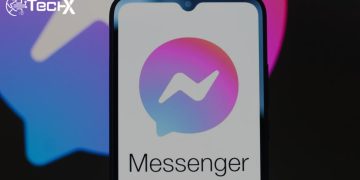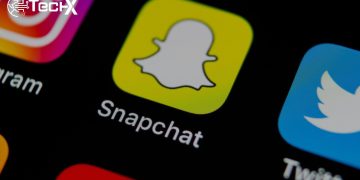Elon Musk’s AI company, xAI, recently unveiled Grok 2.5, branding it as an open-source large language model. The release includes full model weights, a significant milestone in AI development. Enthusiasm quickly spread across the AI community, with Musk promising even more to come, as Grok 3 is expected within six months. But the central question remains: is Grok 2.5 truly open source, or just branded that way?
What Does “Open Source” Really Mean?
Before diving into Grok 2.5, it’s crucial to understand what “open source” actually signifies in technical terms. True open source means users have unrestricted access to code or models, allowing them to study, modify, redistribute, and even build upon it freely. This freedom is defined by the Open Source Initiative (OSI). Any restrictions, particularly on usage or modification, disqualify a project from being labeled as genuinely open source.
Grok 2.5’s Licensing Limitations
Although Musk announced Grok 2.5 as open source, its license, called the Grok 2 Community License, carries notable restrictions. Developers can download and experiment with the model, but the license prohibits training or creating new foundational models with it. Only fine-tuning is allowed, and even then, conditions are strict. Such limitations mean Grok 2.5 is far from meeting the definition of true open source recognized by global standards.
The Trend of “Open Washing” in AI
Industry analysts describe Grok 2.5’s release as a form of “open washing.” This practice occurs when companies advertise products as open source to build hype and investor confidence, while quietly restricting key freedoms. Meta faced similar criticism with its Llama models. Observers suggest Musk’s approach is designed less for transparency and more to position Grok as a strong rival in an increasingly competitive AI landscape.
xAI’s Official Position on Transparency
From xAI’s perspective, the licensing decision is about maintaining control while encouraging limited community participation. The company highlights that users can run, study, and fine-tune Grok 2.5. xAI may even consider improvements suggested by developers. However, the restrictions on commercial use, foundational training, and redistribution are still too heavy. To open source purists, such compromises make the model incompatible with authentic open source principles.
Grok’s Licensing Statement in Detail
The official license includes a clear clause: “You may not use the Materials, derivatives, or outputs (including generated data) to train, create, or improve any foundational, large language, or general-purpose AI models, except for modifications or fine-tuning of Grok 2 permitted under this Agreement.” This makes it evident that Grok 2.5, while accessible, cannot fuel the creation of new AI competitors, a move that critics say protects xAI’s business interests.
Expert Opinions on Compliance Issues
Stefano Maffulli, Executive Director of the Open Source Initiative, has stated that licenses with field-of-use restrictions simply do not meet the Open Source Definition. By limiting commercial usage and derivative training, Grok 2.5 falls short of compliance. In contrast, Allen Institute’s Olmo2 and Mistral models have been recognized for aligning with true open source standards, offering much more freedom to developers and researchers.
What Developers Can Still Do
Despite the controversy, Grok 2.5 still provides value for developers interested in studying AI behaviors. They can fine tune outputs, run experiments, and examine its architecture. This offers transparency into modern AI models, though within boundaries. For hands-on learning without such restrictions, alternatives like Phi-2, BLOOM, or GPT-OSS may be better suited. Developers seeking genuine open source flexibility might find Grok 2.5 more frustrating than liberating.
Accessing Grok AI Today
For those still eager to try Grok, access is fairly straightforward. Users can explore the AI directly through the X platform or download dedicated applications from the iOS and Android app stores. However, expectations must be managed. While the model is powerful and intriguing, those assuming it delivers true open source freedoms will face disappointment once they encounter the license restrictions.
Conclusion: Open Source or Marketing Strategy?
In the end, Grok 2.5 is best described as “open in name, but restricted in reality.” While Elon Musk and xAI promote the release as open source, its community license prevents it from meeting widely accepted standards. The AI community remains divided: some welcome the transparency, while others see it as misleading marketing. The debate over Grok highlights a broader industry issue—what does open source truly mean in artificial intelligence?
















